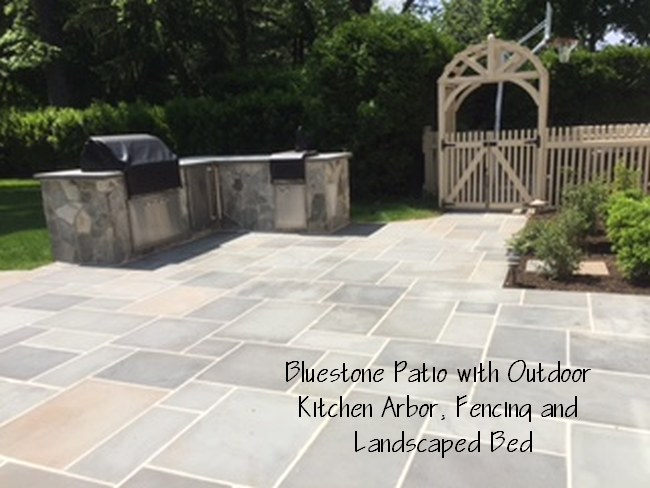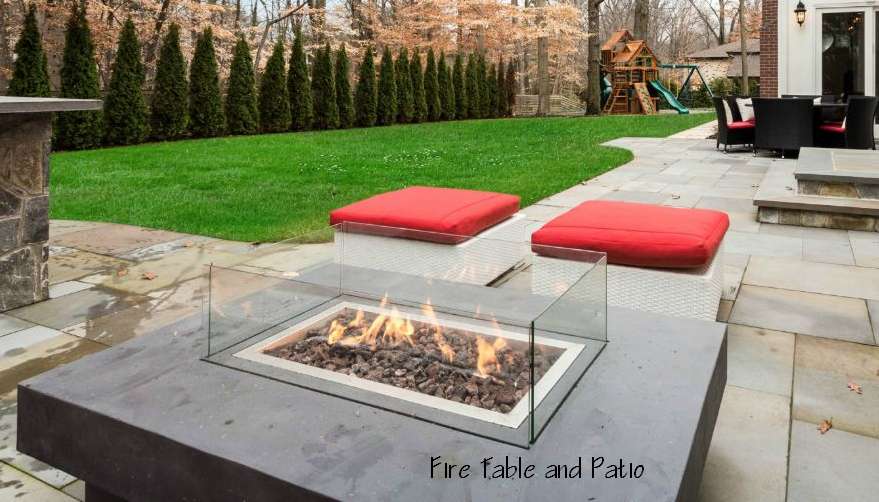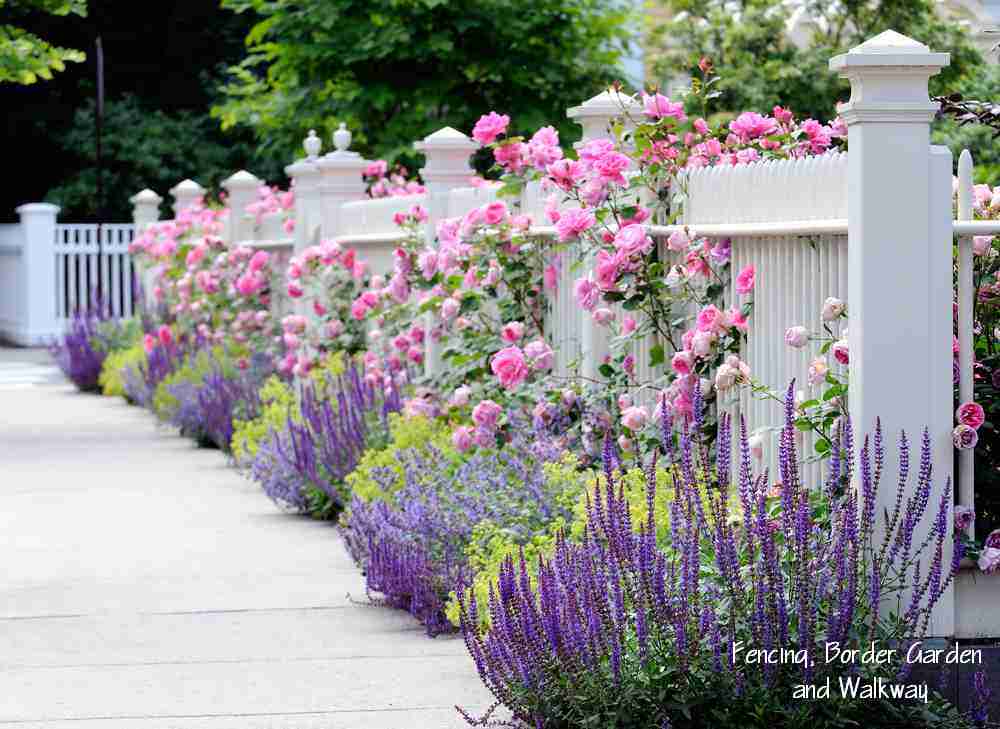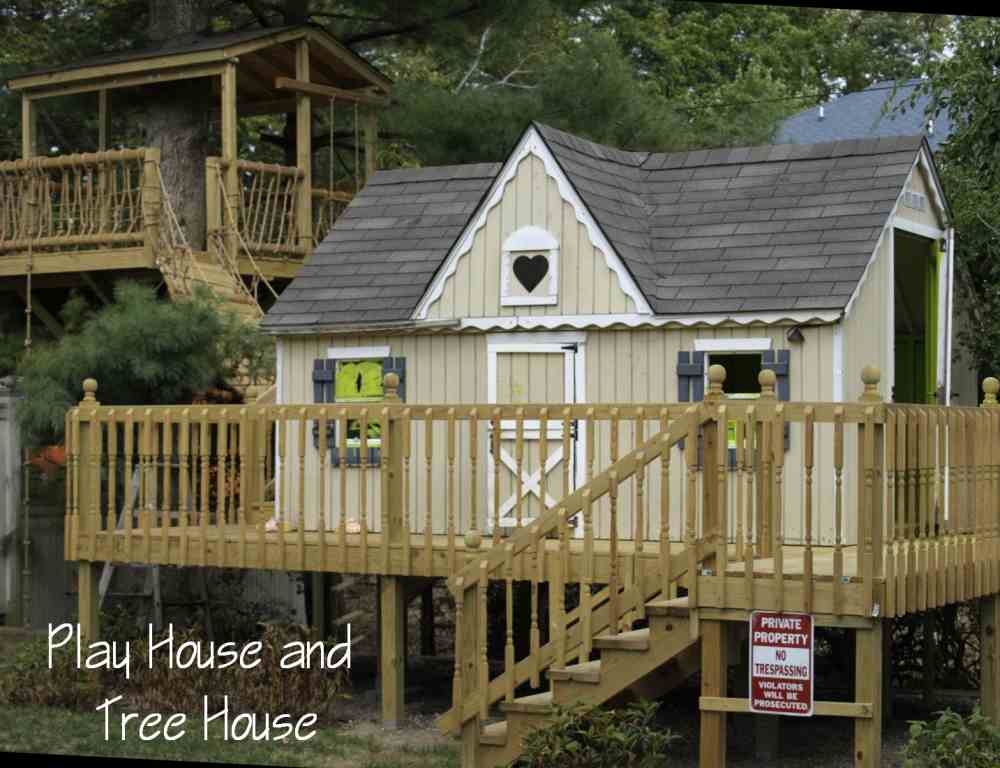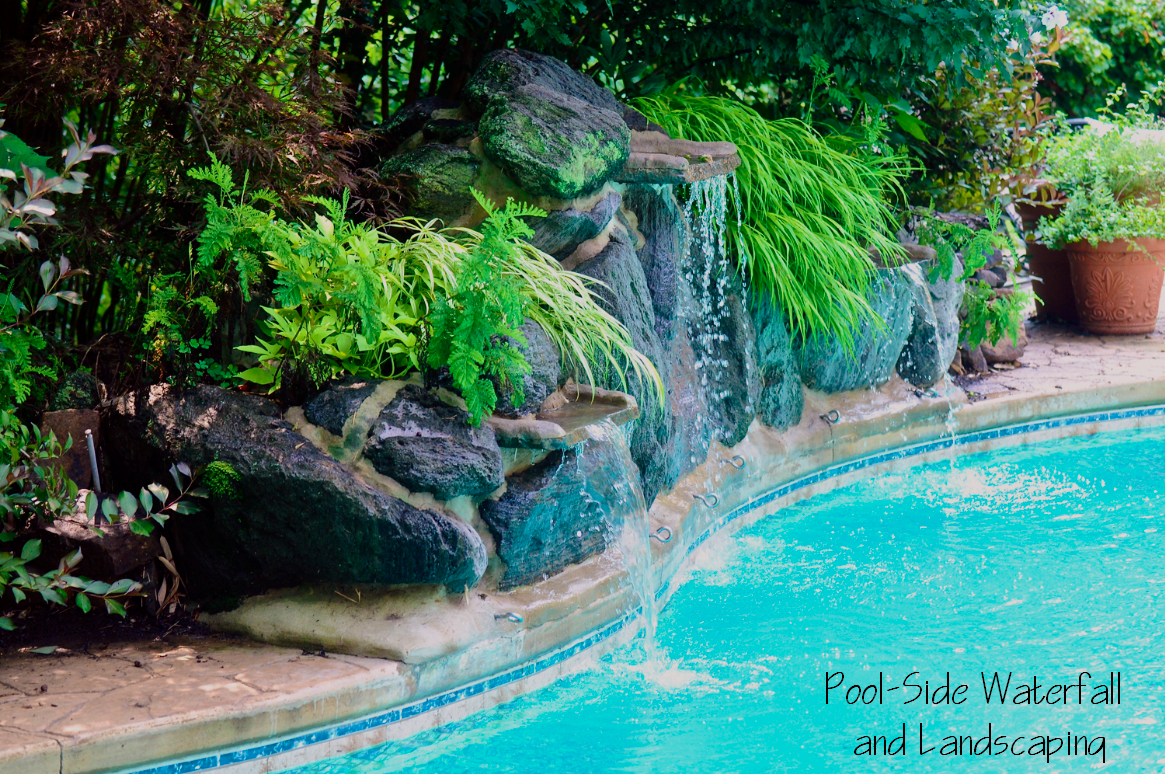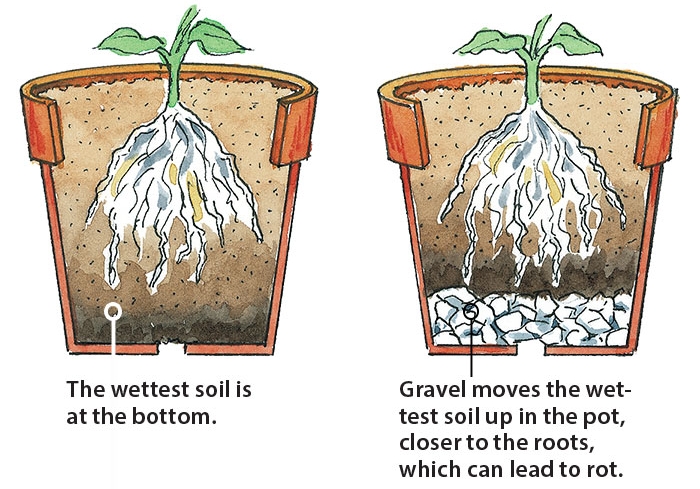About two weeks ago I heard a sound that is the true harbinger of spring. Redwing blackbirds had arrived. They are among the first birds to return north after spending the winter in warmer climates.
Many people think that seeing robins means spring is here, but did you know that some robins don’t migrate and are here year-round? There was a steady stream of goldfinches all winter eating thistle seed at the birdfeeders. Soon the male goldfinches will molt into their yellow bright breeding plumage and will look like drops of sunlight flitting around.
The chickadees are leaving to head north and now flocks of house finches with their bright pink plumage arrive here in their raucous groups to feed. Brightly-colored cardinals and blue jays who have spent the winter will soon be joined by this year’s youngsters.
New Jersey is on one of the major migration paths so you can see hundreds of species of birds passing through or looking for nesting sites.
If you like birds, it’s not difficult to provide them with a habitat in your yard. They like thick foliage for shelter like that provided by evergreens and dense brush. Many shrubs and trees produce berries and fruit eaten by our feathered friends. And if you can leave a few thistle plants until they go to seed, you will see lots of small seed-eaters such as our goldfinches enjoying the bounty. Sunflowers are beautiful additions to our gardens and provide food for birds in the late summer and fall.
Spring will be here on March 20th so get ready!












